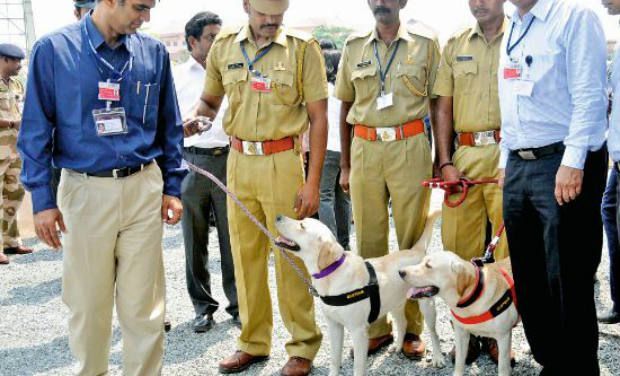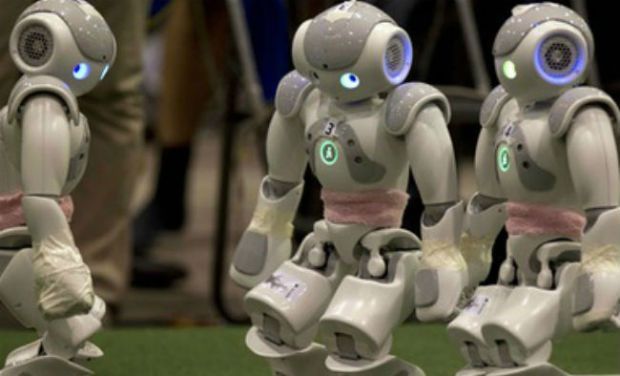
Vijayawada:
After dividing the police force, the trained sniffer dogs were divided between the two states. Apart from making the sniffer and tracker dogs stationed in each region to stay put, the intelligence security wing dogs were also distributed. According to ISW officials, AP got 10 sniffer dogs while Telangana got eight based on the population.
DSP of dog training academy at Moinabad K. Subrahmanyam said, “The dog squads are divided, but the training academy is the same. We have 40 dogs being trained in our academy and they will be inducted to the police force as per the earlier requests. We already have five attacker dogs of Belgian Malinois with Octopus the anti-terror force.
In the present batch that is undergoing training, we have five more Belgian Malinois being trained.” However, the requirement for sniffer and tracker dogs from the districts has been increasing. In Machilipatnam on Thursday a sniffer dog died and police cremated it with the official salute. “Several dogs have become old and sick. There are deaths reported from the district units regularly,” said an official.
source: http://www.deccanchronicle.com / Deccan Chronicle / Home> Nation> Current Affairs / by DC Correspondent / June 29th, 2014
